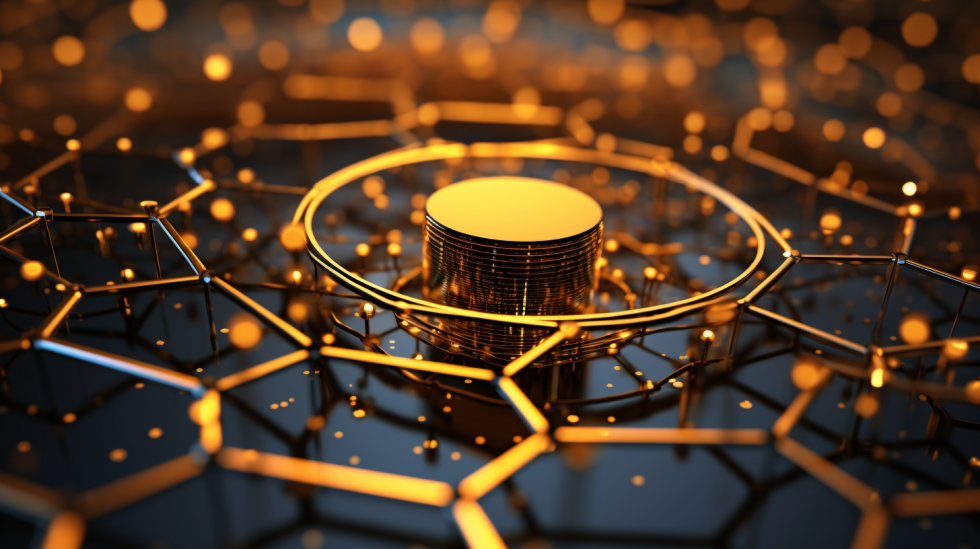Nanotechnology, the manipulation of materials at the nanoscale, has emerged as a transformative field with far-reaching applications across various industries. One of the most intriguing intersections of nanotechnology is with gold. Gold nanoparticles, often at the forefront of nanotechnological innovations, have opened up a world of possibilities in fields such as medicine, electronics, environmental science, and materials science. This article delves into the fascinating realm of nanotechnology and its applications involving gold nanoparticles.

Understanding Nanotechnology
Nanotechnology involves the study, manipulation, and application of materials and devices at the nanoscale, typically ranging from 1 to 100 nanometers (nm) in size. To put this into perspective, one nanometer is one billionth of a meter, or roughly the size of 10 atoms aligned in a row. At this scale, the behavior of materials can differ significantly from their macroscopic counterparts, leading to unique properties and capabilities.
Nanotechnology encompasses two main approaches:
Top-Down Approach
In the top-down approach, larger structures are reduced in size to the nanoscale through various techniques such as lithography, etching, or grinding.
Bottom-Up Approach
The bottom-up approach involves building nanoscale structures atom by atom or molecule by molecule, often using chemical or biological processes.
Gold Nanoparticles: A Nanomaterial Marvel
Gold nanoparticles, often referred to as GNPs, have captured the imagination of researchers and engineers due to their exceptional properties at the nanoscale. These properties include:
Size-Dependent Properties
The optical, electronic, and catalytic properties of GNPs are highly size-dependent. By precisely controlling the size of gold nanoparticles, researchers can tailor these properties for specific applications.
Surface Plasmon Resonance (SPR)
Gold nanoparticles exhibit a phenomenon known as surface plasmon resonance, where the collective oscillation of electrons on the nanoparticle’s surface results in strong absorption and scattering of light. This property finds applications in sensing and imaging technologies.
Biocompatibility
Gold nanoparticles are generally biocompatible, meaning they can be safely used in biological systems without causing harm. This property is crucial in medical applications.
Functionalization
Gold nanoparticle surfaces can be functionalized with various molecules, making them versatile carriers for drug delivery, imaging agents, and sensors.
Applications of Gold Nanoparticles
Medicine and Healthcare
Gold nanoparticles have revolutionized diagnostics and therapy in medicine. Some key applications include:
- Drug Delivery: Gold nanoparticles can carry drugs to specific sites in the body, enhancing drug efficacy and reducing side effects.
- Cancer Treatment: Targeted drug delivery and photothermal therapy using gold nanoparticles show promise in cancer treatment.
- Medical Imaging: GNPs enhance contrast in various imaging techniques such as computed tomography (CT), magnetic resonance imaging (MRI), and photoacoustic imaging.
- Diagnostics: Gold nanoparticles are used in rapid diagnostic tests for detecting diseases, viruses, and biomarkers.
Electronics and Optoelectronics
In the field of electronics, gold nanoparticles are employed in:
- Flexible Electronics: GNPs enable the creation of flexible and transparent electronic circuits and displays.
- Sensors: Gold nanoparticles serve as sensing elements in gas sensors, biosensors, and environmental monitoring devices.
- Photovoltaics: GNPs enhance the efficiency of solar cells by capturing and converting sunlight more effectively.
Environmental Science
Gold nanoparticles are utilized in environmental applications, including:
- Water Purification: GNPs can catalyze the removal of pollutants and contaminants from water, making it safer for consumption.
- Sensing and Monitoring: Gold nanoparticles are used in sensors to detect environmental pollutants, heavy metals, and pathogens.
Materials Science
In materials science, gold nanoparticles contribute to:
- Nanocomposites: They reinforce and enhance the mechanical and thermal properties of polymers, ceramics, and other materials.
- Catalysis: GNPs act as catalysts in various chemical reactions, increasing reaction rates and selectivity.
Challenges and Considerations
While the potential of gold nanoparticles in nanotechnology is vast, several challenges and ethical considerations must be addressed:
Toxicity and Environmental Impact
The environmental and health implications of releasing gold nanoparticles into ecosystems or the human body require careful assessment.
Cost and Scalability
Producing large quantities of uniform gold nanoparticles at an affordable cost remains a challenge.
Ethical and Societal Concerns
The ethical use of nanotechnology, including gold nanoparticles, in areas such as surveillance and privacy, raises important societal questions.
Regulation and Safety
Stringent regulations are needed to ensure the safe development and application of nanotechnology, including GNPs.
The Future of Gold Nanoparticles
As nanotechnology continues to advance, the future of gold nanoparticles looks promising. Research is ongoing to further refine their properties, develop new applications, and address challenges related to their production and use. In medicine, electronics, environmental science, and materials science, gold nanoparticles are poised to play a pivotal role in shaping the next generation of technologies and innovations.
Conclusion
Gold nanoparticles represent a captivating intersection of nanotechnology and one of the most prized metals in human history. Their unique properties and versatility have enabled breakthroughs in medicine, electronics, environmental science, and materials science. As the field of nanotechnology continues to evolve, gold nanoparticles are expected to lead the way in developing innovative solutions to some of society’s most pressing challenges while opening new horizons for scientific discovery and technological advancement.
The golden revolution sparked by these tiny particles is a testament to the boundless potential of human ingenuity and the enduring allure of gold in its most microscopic form.



